Sambir
Sambir [Самбір]. Map: IV-4. A city (2015 pop 35,076) on the Dnister River and a raion center in Lviv oblast. When Staryi Sambir was destroyed by the Tatars in 1241, the survivors settled in the fortified settlement of Pohonych and renamed it Sambir, Novyi (New) Sambir, or Nove Misto (New Town), although the name Pohonych was used until the mid-15th century. Sambir was part of the Principality of Galicia-Volhynia (until 1349), the Polish-Lithuanian Commonwealth (1387–1772), and the Austrian Empire (1772–1918). It was under Polish rule (1919–39) and after the Second World War became part of the Ukrainian Soviet Socialist Republic. In 1390 it was granted the rights of Magdeburg law. In the 15th and 16th centuries it was an important trading and manufacturing town. Under Austrian and then Polish rule it was a county center. Today Sambir is an industrial and transportation center. Its factories produce radio parts, instruments, glass, furniture, clothes, and sugar and repair road-building machinery. Its chief architectural monuments are a Gothic Roman Catholic church (1530–68), Stephen Báthory’s hunting lodge (16th century), the ruins of the town walls (16th–17th century), the city hall (1668) with a tall Renaissance tower, the theological seminary (1679), the Byzantine cathedral (1738, restored 1893–4), a Jesuit church (1751), an 18th-century park, and residential buildings of the 18th and 19th centuries. More recently the Les Kurbas Memorial Museum (1987) and the Boikivshchyna Historical-Ethnographical Museum (1989) have been opened.
[This article originally appeared in the Encyclopedia of Ukraine, vol. 4 (1993).]
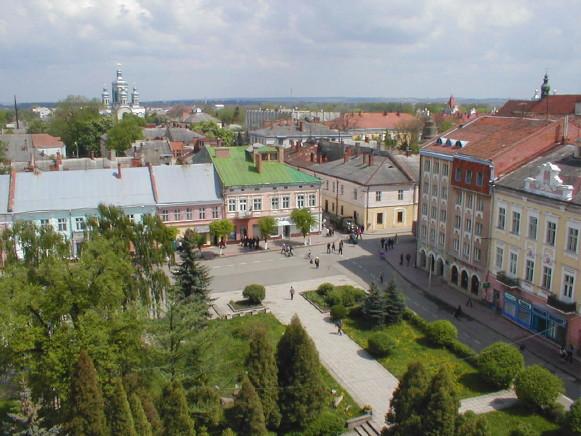
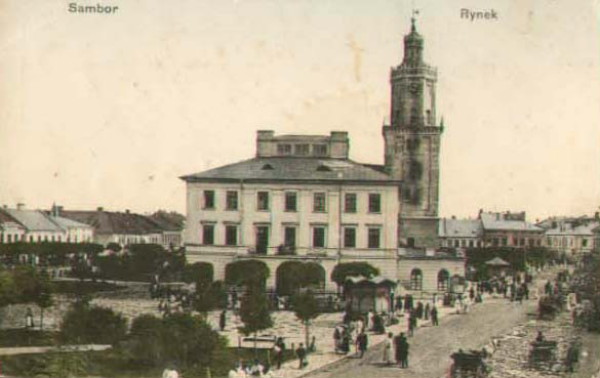
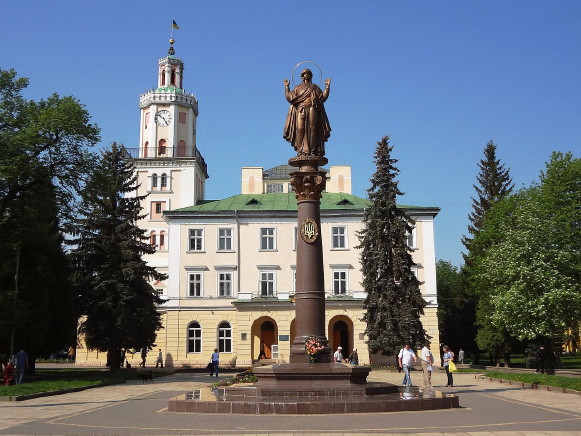
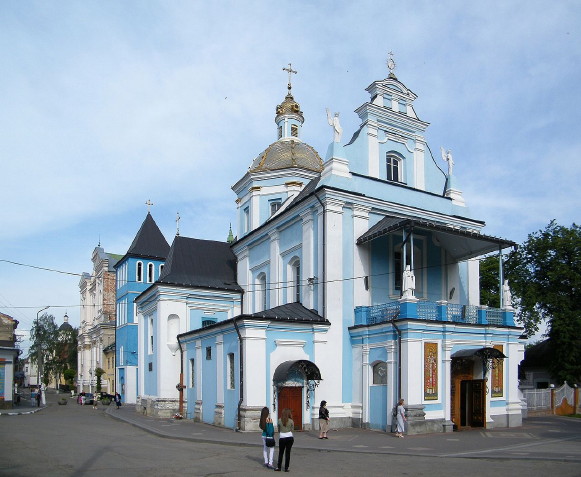
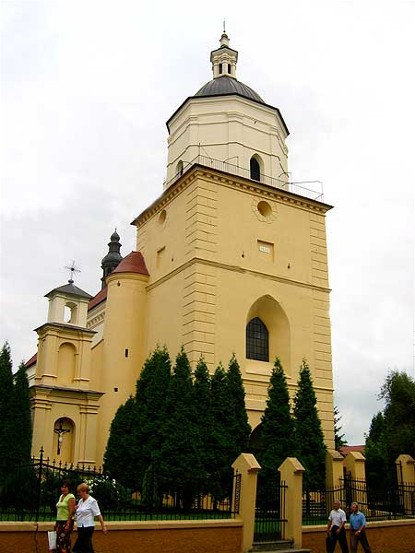
.jpg)